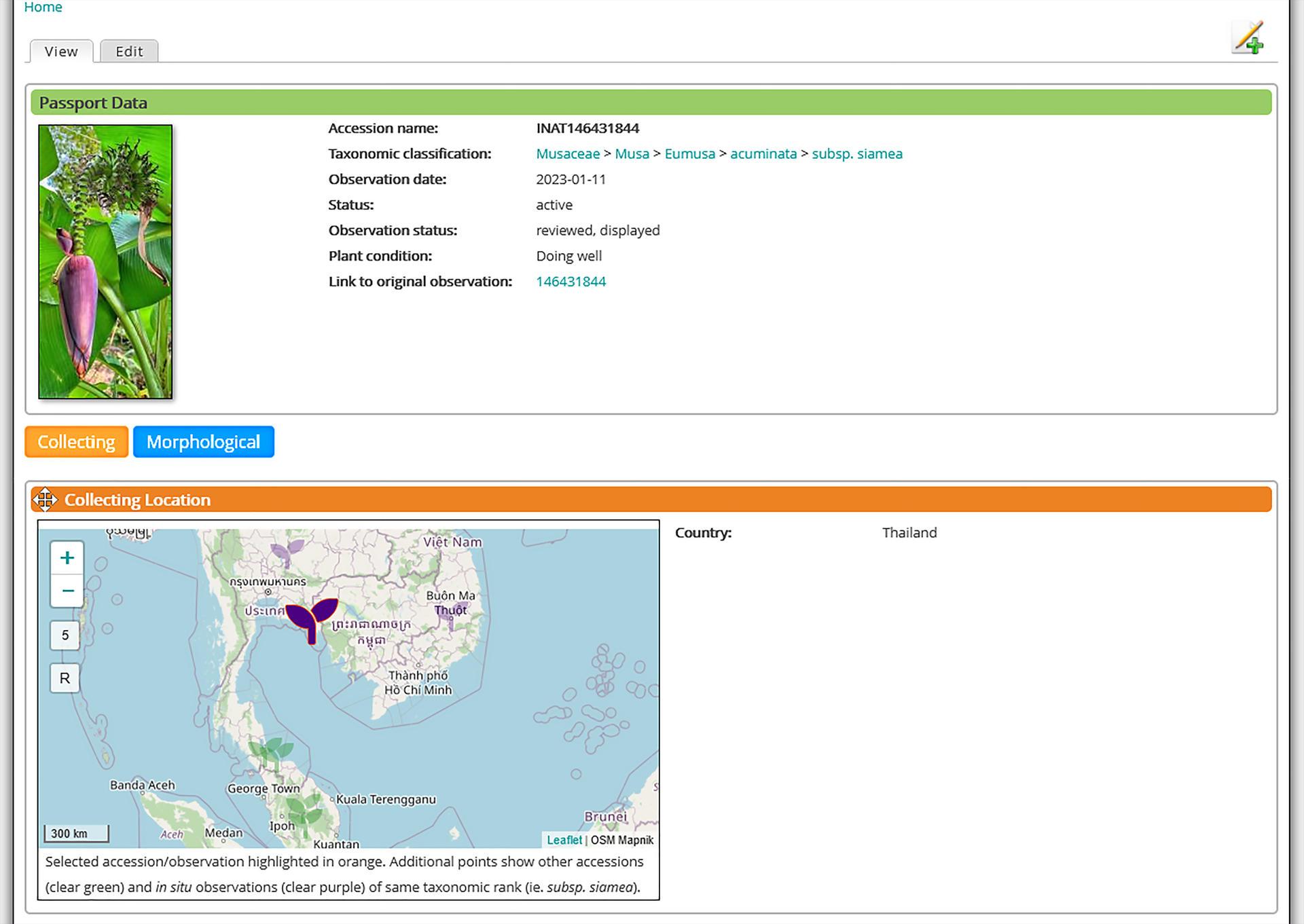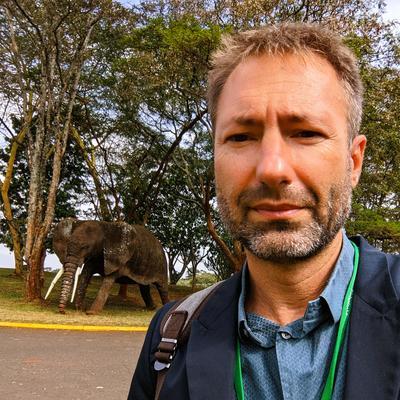Press and News Citizen Science Transforms Banana diversity Conservation

Bananas grow in a wide range of areas, some of which may be threatened by climate change or urbanization. Knowing this distribution helps identify current and future threats and propose alternative risk mitigation solutions. Wild types and natural biodiversity are also at risk. Preservation of these types is based on knowledge of their distribution. Protective collecting missions can also be planned in these areas to fill gaps in our ex situ collections, or in situ conservation.
By: Christophe Jenny, Max Ruas; Valentin Guignon and Mathieu Rouard
Thanks to the collective efforts of global citizens and scientists, the Musa Germplasm Information System (MGIS) has reached a significant milestone. As detailed in an article from the Database peer-reviewed journal, and coincidentally released on the Biodiversity Day, the leading resource for banana genetic diversity data has expanded significantly. Thousands of observations have been sourced from multiple digital platforms, including iNaturalist, GBIF, and Pl@ntNet, as well as Flickr and Google Street View, and added to the database.
Christophe Jenny, an expert on banana diversity and taxonomy at CIRAD, conceived this idea several years ago and began collaborating with scientists at the banana program at the Alliance to explore digital solutions. Over the years, he has tirelessly curated taxonomical information of observations, very often inaccurate in non-specialized crop databases, significantly enhancing the value of data gathered through citizen science.
"Each image helps us to map and understand the rich diversity of bananas around the world, as well as to predict future threats and propose solutions. Citizen science is an invaluable tool here, providing access to local knowledge and raising awareness of the challenges of biodiversity conservation." he explains.

MGIS in situ observation of Musa acuminata subsp. siamea in Thailand
Over 5,000 observations from 133 countries can now be filtered and visualized on maps, with precise taxonomical identifications. Max Ruas, who manages the database, and dedicated most of his career to the documentation of banana resources highlights the significance of this enhancement:
" This enriched dataset has driven transformative changes in MGIS, notably by establishing a new section dedicated to in situ observations. This development enriches our understanding of ex situ material and enhances the integration between both types of data."
The development team behind MGIS has taken a collaborative approach by releasing by releasing their Drupal modules, tapping into the strengths of this widely used content management platform. Valentin Guignon, the system's developer, and a strong contributor to open-source solutions, discusses the impact of their approach:
" By making these modules publicly available, we hope to inspire other communities to adopt and adapt them, opening up new possibilities for conservation efforts for other plants."
This project illustrates the power of global participation. Mathieu Rouard, senior scientist and last author of the study:
"Now, everyone can make a scientific contribution by uploading their photographs via their preferred apps like Pl@ntNet or iNaturalist, or even Flickr. Each contribution enhances our database and, ultimately, our conservation efforts." He further highlighted: "For instance, we are actively seeking observations of rare subspecies such as Musa acuminata halabanensis."
Want to help out with conservation too? Every contribution counts! Check out iNaturalist and Pl@ntNet to get started.
The Team

Mathieu Rouard
Senior Scientist - Plant genomics and bioinformatics
Max Ruas
Officer, Agrobiodiversity


